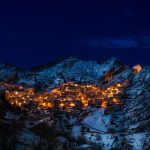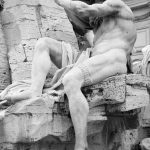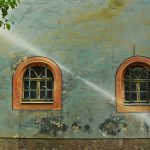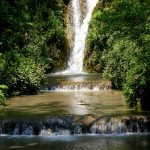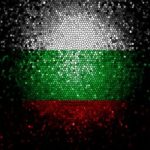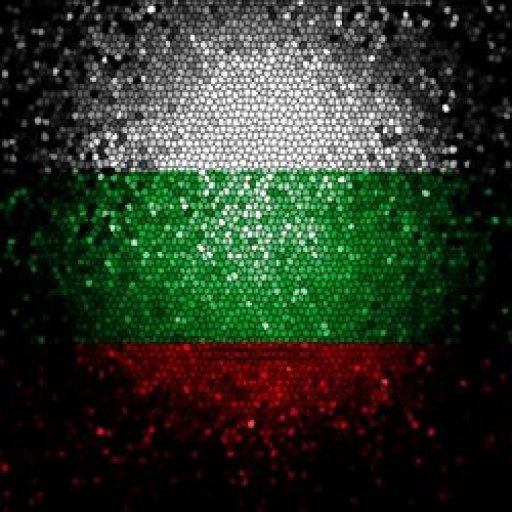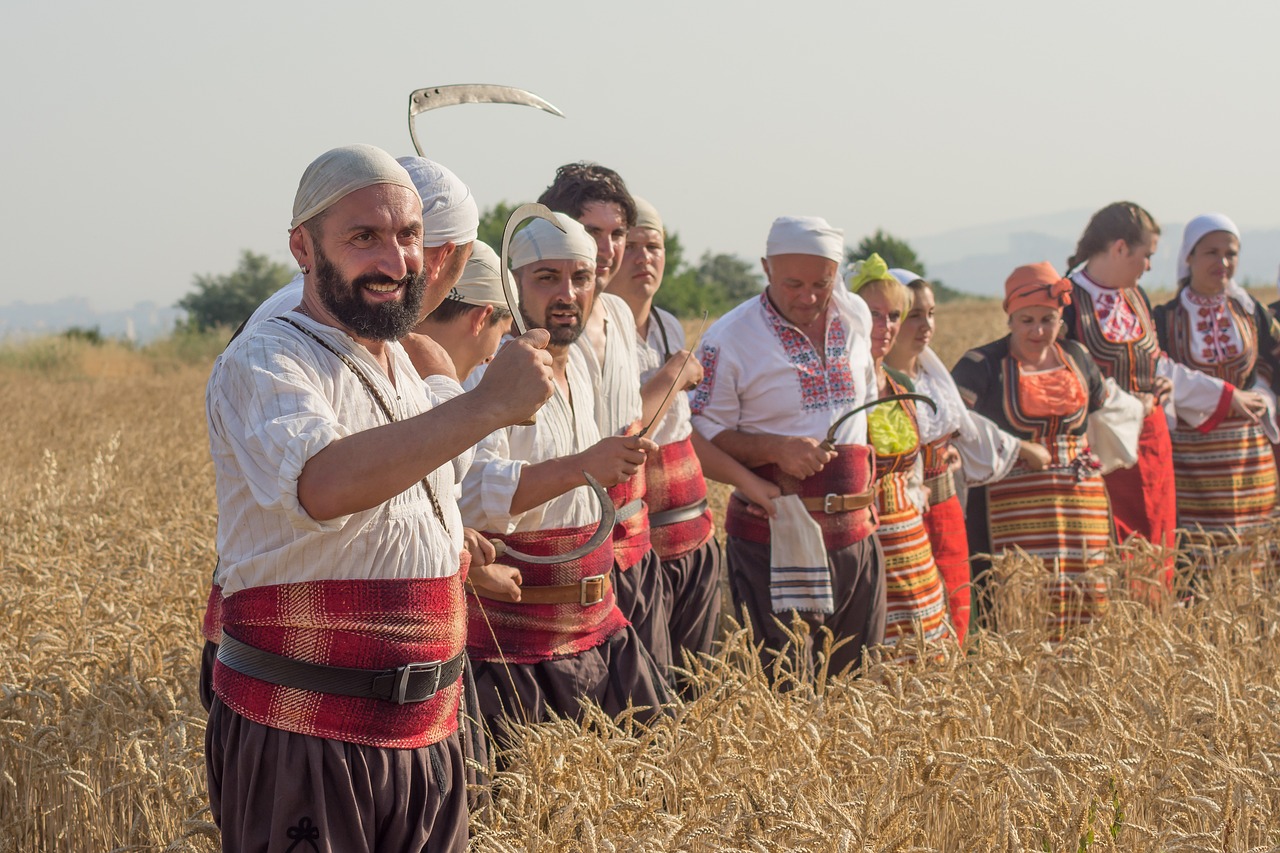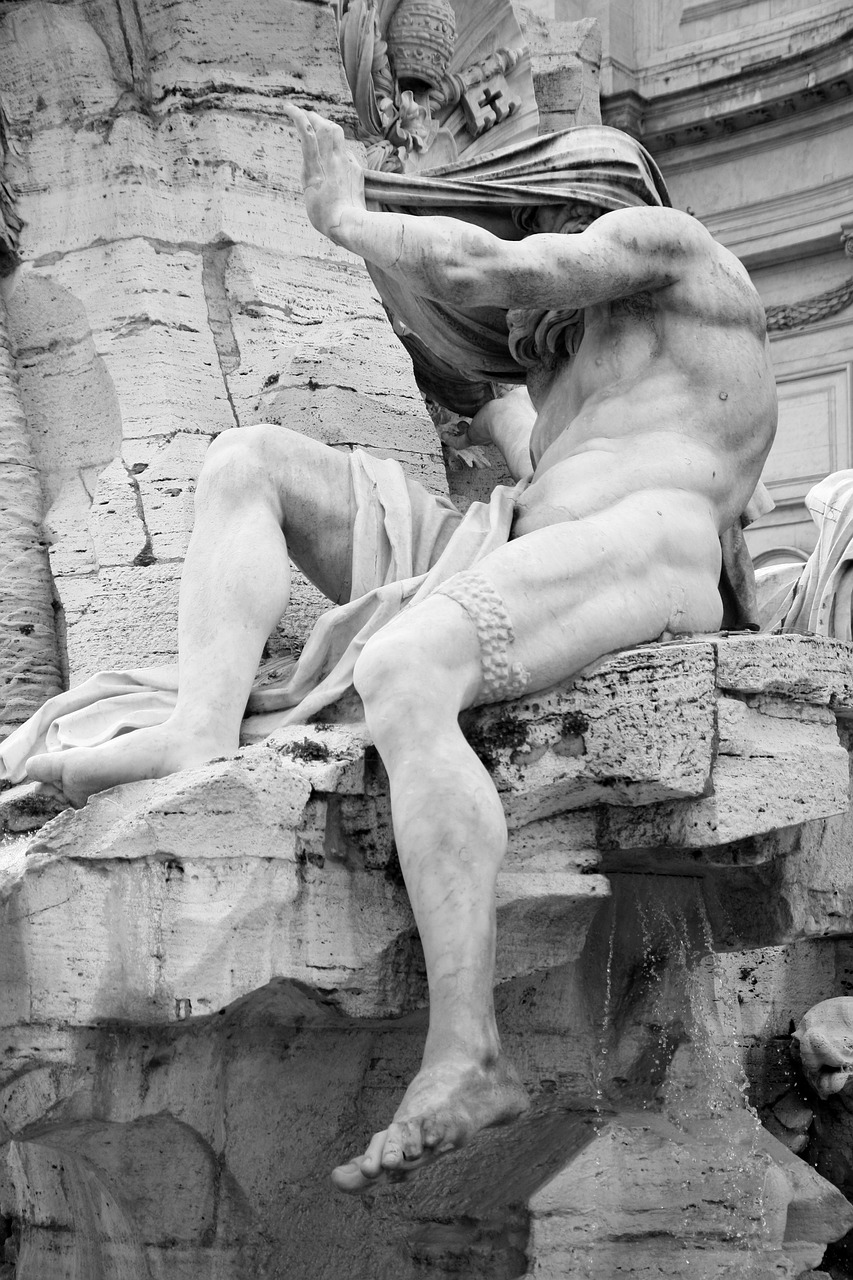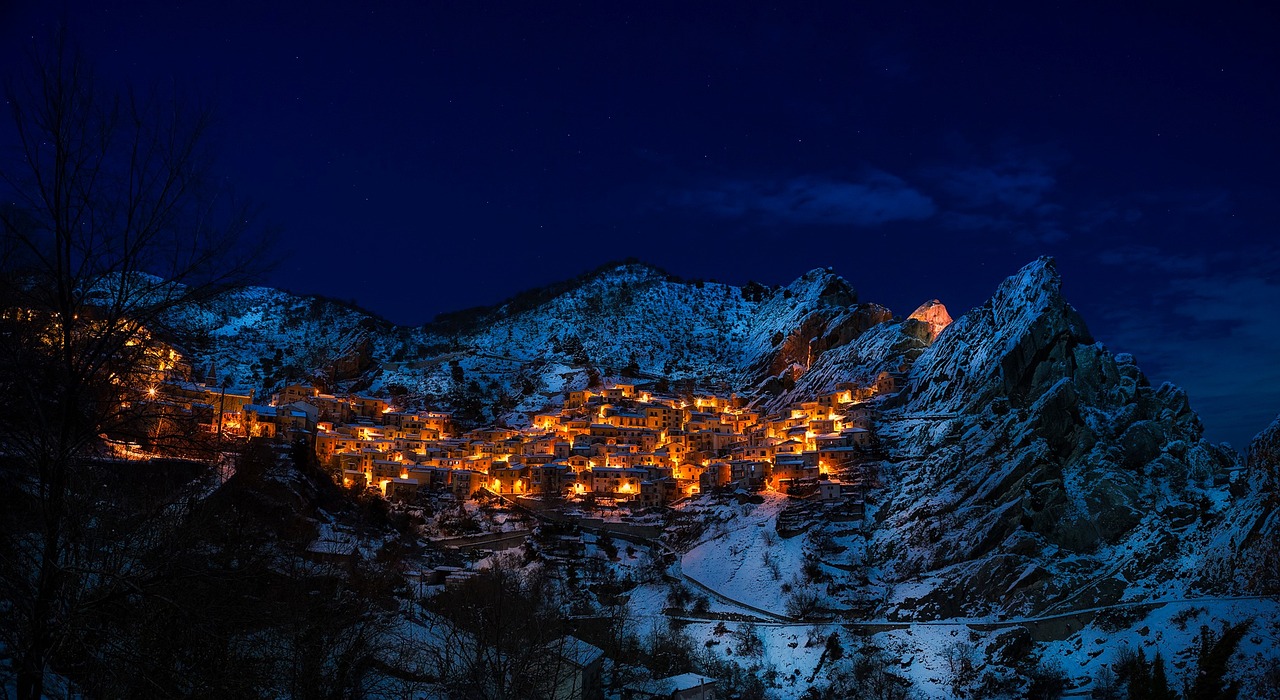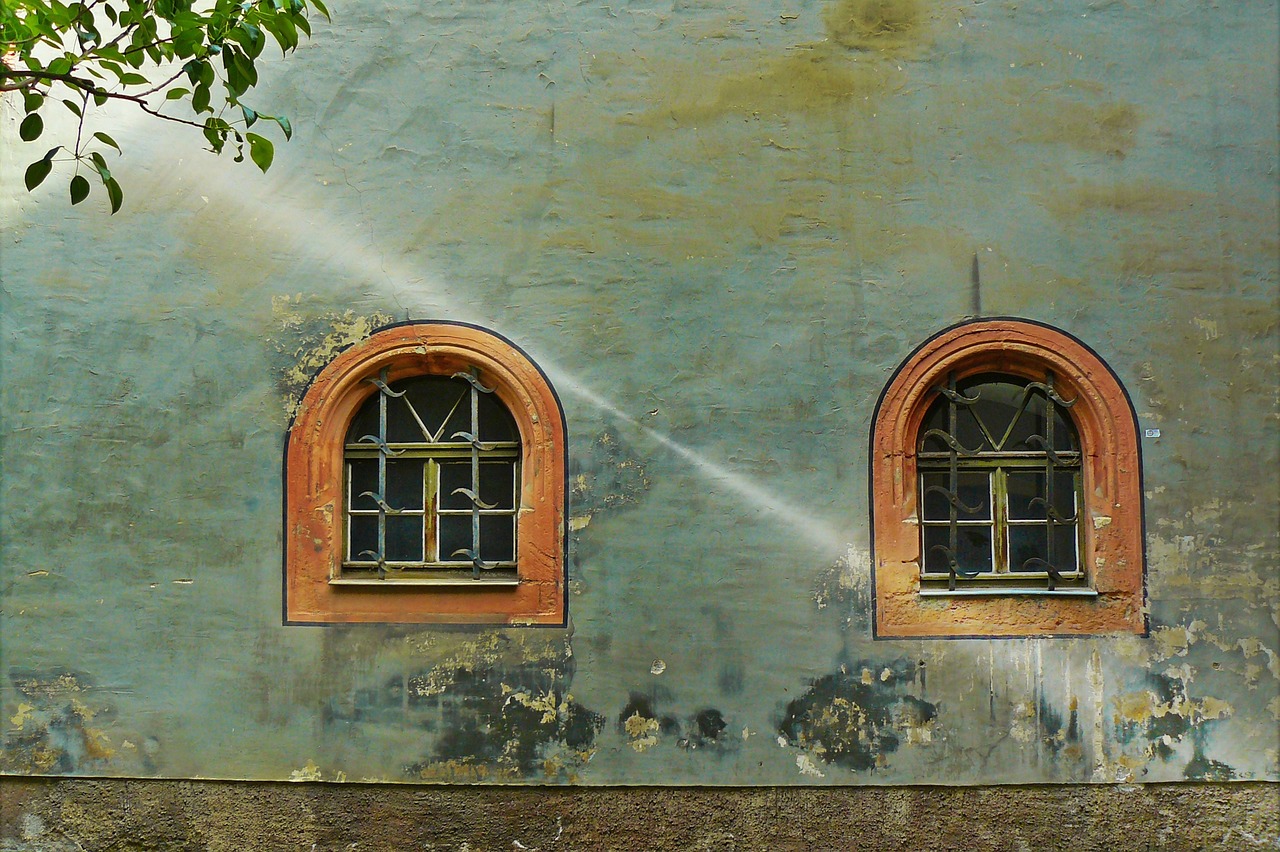The history of Klisura is a captivating tale of bravery and resilience, a testament to the indomitable spirit of a people yearning for freedom. At the heart of this historic town lies the Klisura Museum of History, a beacon that unveils the untold story of the April Uprising. Built in 1925-1926, this remarkable museum stands as a testament to the courage and sacrifice of the revolutionaries who fought against Ottoman rule. Through its meticulously curated exhibits, the museum transports visitors back in time, showcasing the clothing, weapons, and treasured artifacts of the uprising. It also delves into the daily lives of Klisura residents, shedding light on traditional activities such as rose oil production and livestock herding. Beyond its historical significance, the museum serves as a cultural landmark, with the Pavrudzhiev and Kozinarov Houses offering a glimpse into 19th-century Klisura. As you explore this remarkable museum, you will gain a profound understanding of the April Uprising and the everlasting quest for freedom that resonates within the hearts of all who visit.
Key Takeaways
- The Klisura Museum of History is located in Klisura, 110 km east of Sofia.
- The museum building was constructed in 1925-1926 to commemorate the April Uprising.
- The museum exhibition showcases the history of Klisura and its role in the April Uprising, displaying clothing, weapons, and a copy of the revolutionaries banner.
- The museum complex includes Pavrudzhiev and Kozinarov Houses, which display artifacts from daily life in Klisura during the 19th century.
Museum Location and Hours
The Klisura Museum of History is situated in Klisura, 110 km east of Sofia, and operates from Monday to Friday between 8.00 am – noon and 1.00 pm – 5.00 pm, as well as on Saturday and Sunday from 9.00 am – noon and 1.00 pm – 5.00 pm. The museum offers visitors the opportunity to take a virtual tour of its exhibits, allowing them to explore the historical artifacts from the comfort of their own homes. This virtual tour provides a detailed look at the clothing, weapons, and the revolutionaries’ banner from the April Uprising, as well as the original paintings related to the national movement against Ottoman rule. By offering this virtual experience, the museum aims to provide access to its rich collection to a wider audience, ensuring that the history of Klisura and its role in the April Uprising can be appreciated and understood by all.
Exhibition Highlights
Featuring an array of artifacts and paintings, the exhibition at the Klisura Museum of History delves into the struggles and triumphs of a significant event in Bulgarian history, the April Uprising. The exhibition highlights the role of Klisura in the uprising, showcasing the bravery and determination of the revolutionaries. One of the notable exhibits is the replica of the revolutionaries’ banner, symbolizing their unity and defiance against Ottoman rule. Additionally, the exhibition emphasizes the significance of Pavrudzhiev House, a cultural landmark of national importance. This house provides a glimpse into the daily life of Klisura residents during the 19th century and serves as a reminder of the hardships endured during the uprising. The well in the courtyard of Kozinarov House, where Tsana Kozinarova and her four children tragically met their fate to avoid capture by the Ottomans, also holds great historical significance. Through its exhibition, the Klisura Museum of History offers visitors a comprehensive understanding of the April Uprising and its impact on Bulgarian history.
| Artifacts | Paintings | Traditional Activities |
|---|---|---|
| Clothing | Original paintings related to the national movement against Ottoman rule | Rose oil production |
| Weapons | Livestock herding | |
| Replica of the revolutionaries’ banner from the April Uprising |
Tourist Information
Providing valuable information for visitors, the Klisura Museum of History offers a range of tourist resources, including brochures, books, and postcards for sale, enhancing the overall experience of exploring the museum and its exhibits. In addition to the historical artifacts and displays, the museum provides information on various tourist activities and local attractions in the Klisura region. Visitors can engage in hiking excursions in the picturesque surroundings, immersing themselves in the natural beauty of the area. The Thracian Temple Complex in Starosel is a must-visit attraction, offering a glimpse into the ancient history of the region. The National Festival of Bulgarian Folklore in Koprivshtitsa showcases the vibrant traditional culture of Bulgaria. Etropolski Monastery St. Trinity, Teteven Historical Museum, and Troyan are also recommended attractions that offer further insights into Bulgarian history and culture.
Frequently Asked Questions
What is the significance of the Pavrudzhiev House in Klisura’s history?
The Pavrudzhiev House in Klisura holds great significance in the history of the town and its role in the April Uprising. As a cultural landmark of national importance, it showcases artifacts from daily life in Klisura during the 19th century.
Can you provide more information about the Thracian Temple Complex in Starosel?
The Thracian temple complex in Starosel is of great archaeological significance. It consists of a burial mound and a temple, dating back to the 5th-4th centuries BC. The complex provides valuable insights into the religious practices of the ancient Thracians.
What is the history behind the National Festival of Bulgarian Folklore in Koprivshtitsa?
The National Festival of Bulgarian Folklore in Koprivshtitsa is a traditional cultural event that celebrates Bulgarian folklore, music, and dance. The festival showcases the rich heritage and traditions of Koprivshtitsa and attracts visitors from around the world.
Tell me more about the Etropolski Monastery St. Trinity and its importance.
The Etropolski Monastery, also known as St. Trinity, holds significant importance as a cultural and religious site in Bulgaria. Its historical significance, architectural beauty, and spiritual significance make it a must-visit attraction.
What are some other attractions to visit in the Klisura region besides the Klisura Museum of History?
Some hidden gems in the Klisura region include the Thracian Temple Complex in Starosel, the National Festival of Bulgarian Folklore in Koprivshtitsa, the Teteven Historical Museum, and the Etropolski Monastery St. Trinity.

